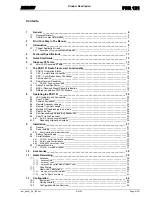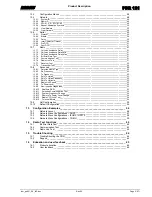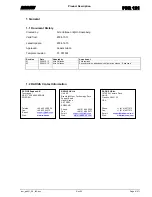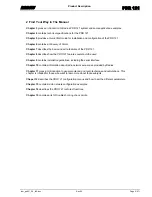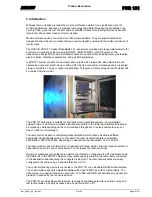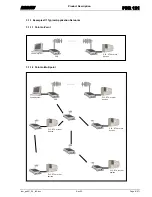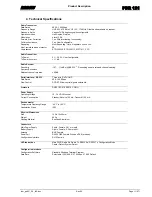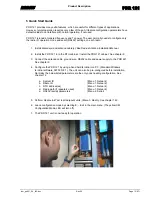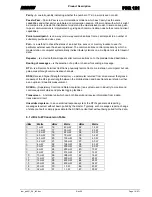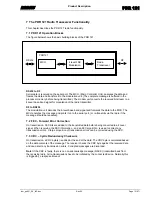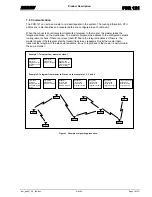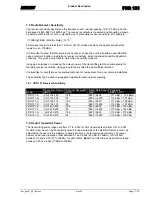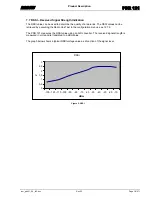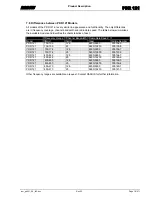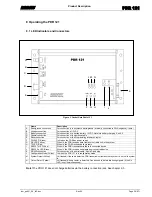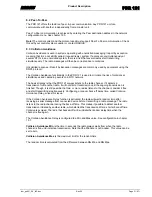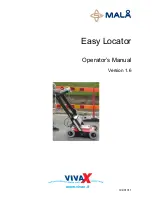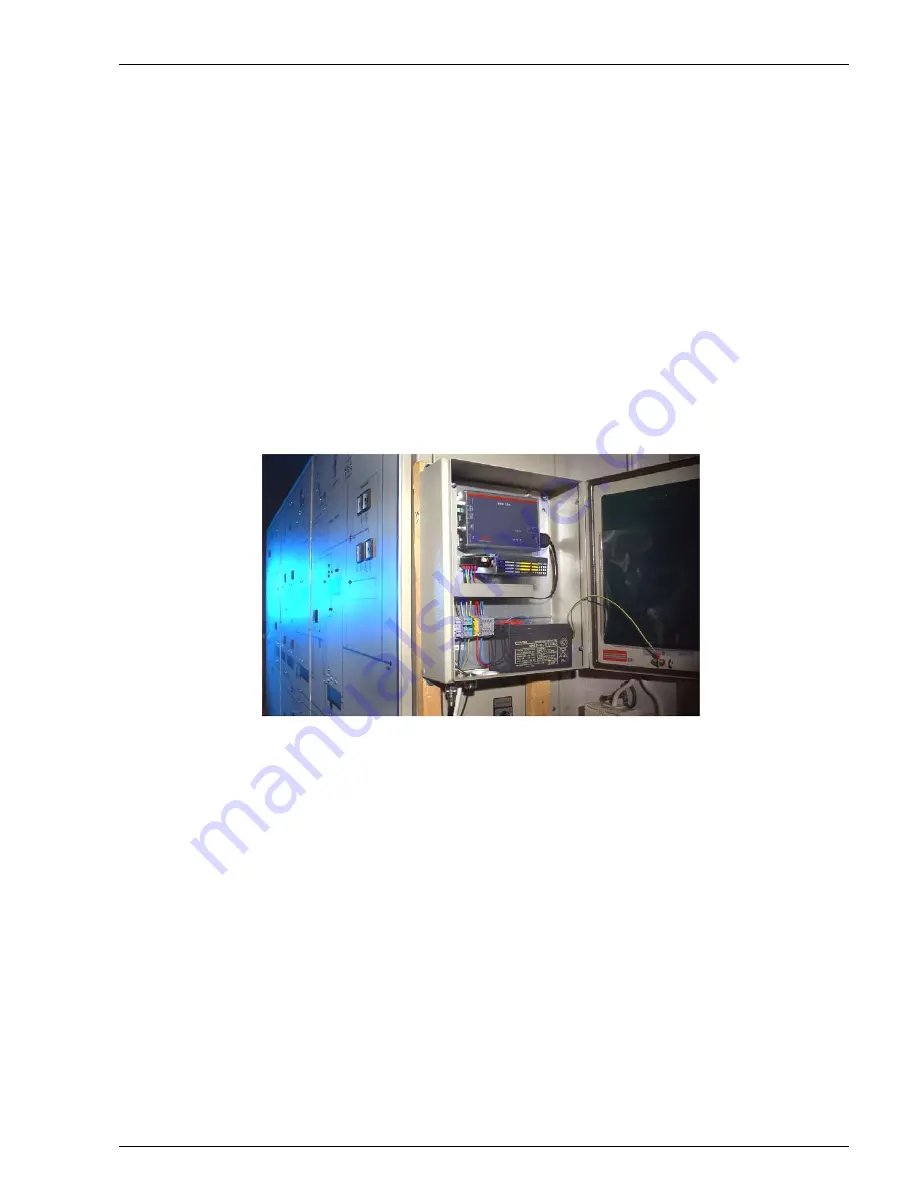
RADIUS
Product
Description
PDR 121
iom_pdr121_04_r02.doc
Rev 02
Page 6 (67)
3 Introduction
Wireless communications remains the most cost effective solution for a significant amount of
modern applications. Advances in wireless technology allow data throughput and reliability to be
very high and, given the cost of direct cable or satellite infrastructure, price/performance benefits
remains far above other means of communication.
Modern wireless devices are much more than simple modems. They are sophisticated units,
designed to allow the user to create their own communication system with the minimum amount of
involvement.
The RADIUS PDR 121, Packet Data Radio 121, transceiver provides wide range data telemetry for
control and monitoring systems using the DNP3, IEC870 COMLI or RP570 protocol. The
transceiver is designed for point-to-multipoint operation environments including water, wastewater,
electric utilities, distribution automation, and gas field automation.
A PDR 121 system consists of one master and up to 99 slave radio units. Each slave radio can
operate as a repeater, stand-alone or with an RTU device connected. A message can be repeated
via up to six radios, 7 hops, to reach its destination. This gives a total coverage area of at least 200
km radius from the master.
The PDR 121 data radio is suitable for both polled and unsolicited systems. For unsolicited
systems, there is a Collision Avoidance functionality built-in to the radio that virtually eliminates in-
air collisions, vastly speeding up the communication throughput. It is also possible to carry out
Peer-To-Peer communication.
The radio communication is completely packet switched, which means all data is buffered
before/after transmitting/receiving on the radio. The radio transfer data rate is selectable,
4800/9600 or 9600/19200 bps, depending on desired channel bandwidth, 12.5 or 25 kHz.
The radio modem uses a Forward Error Correction technique, which corrects a large proportion of
transmission errors in case of noise bursts. This increases the radio sensitivity.
Routing of messages across the radio network is achieved by configuring the RTU addresses and
the Radio id’s in the PDR 121 Network menu. Messages are routed to the radio that is connected
to the destination address along the configured radio path. The radio network paths are easily
configured in the radio using a handheld terminal or a PC.
The control/monitoring device is connected to the PDR 121 via a standard RS232 serial interface.
The serial interface speed is adjustable between 600 and 19200 bps, with or without parity. The
transceiver only needs a three-wire connection, TxD, RxD and GND, but handshaking signals are
provided if required by the connected device.
The PDR 121 provides diagnostic features, remotely changeable parameters, built in survey and
test functionalities. All easily accessed via a hand terminal or a PC.


